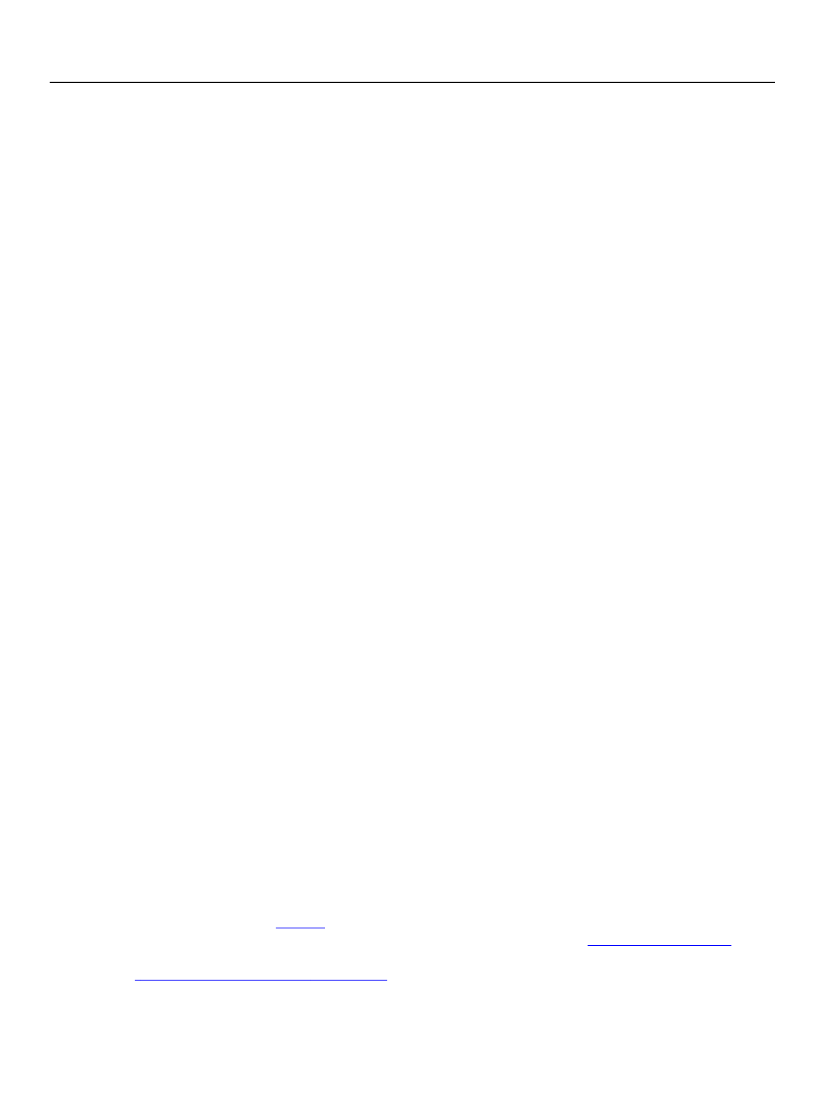
XFA Specification
Chapter 2, Template Features for Designing Static Forms
Basic Composition
37
<border
hand="even">
<edge
thickness="0.125in">
<color
value="128,128,255"/>
</edge>
</border>
<value>
<text/>
</value>
</field>
<field
name="field4" x="2.5in" y="2.5in" w="1.5in" h="1in">
<border
hand="even">
<edge
thickness="0.125in">
<color
value="128,128,255"/>
</edge>
</border>
<value>
<text>Even-handed borders</text>
</value>
</field>
<field
name="field5" x="1in" y="4in" w="1.5in" h="1in">
<border
hand="left">
<edge
thickness="0.125in">
<color
value="128,128,255"/>
</edge>
</border>
<value>
<text/>
</value>
</field>
<field
name="field6" x="2.5in" y="4in" w="1.5in" h="1in">
<border
hand="left">
<edge
thickness="0.125in">
<color
value="128,128,255"/>
</edge>
</border>
<value>
<text>Left-handed borders</text>
</value>
</field>
Borders
The box model has an optional mechanism, known as borders, for rendering a rectangle around the
content. Independent control over the appearance of sides and corners of the rectangle is provided.
The border has its own
margins,
independent of the content's margins. This means that it is, in fact,
possible to create an object whose border is located graphically within the
nominal content region.
However, the content shall always have rendering precedence over the border, as described in
“Appearance Order (Z-Order)” on page 67.
A border is comprised of one or more optional: